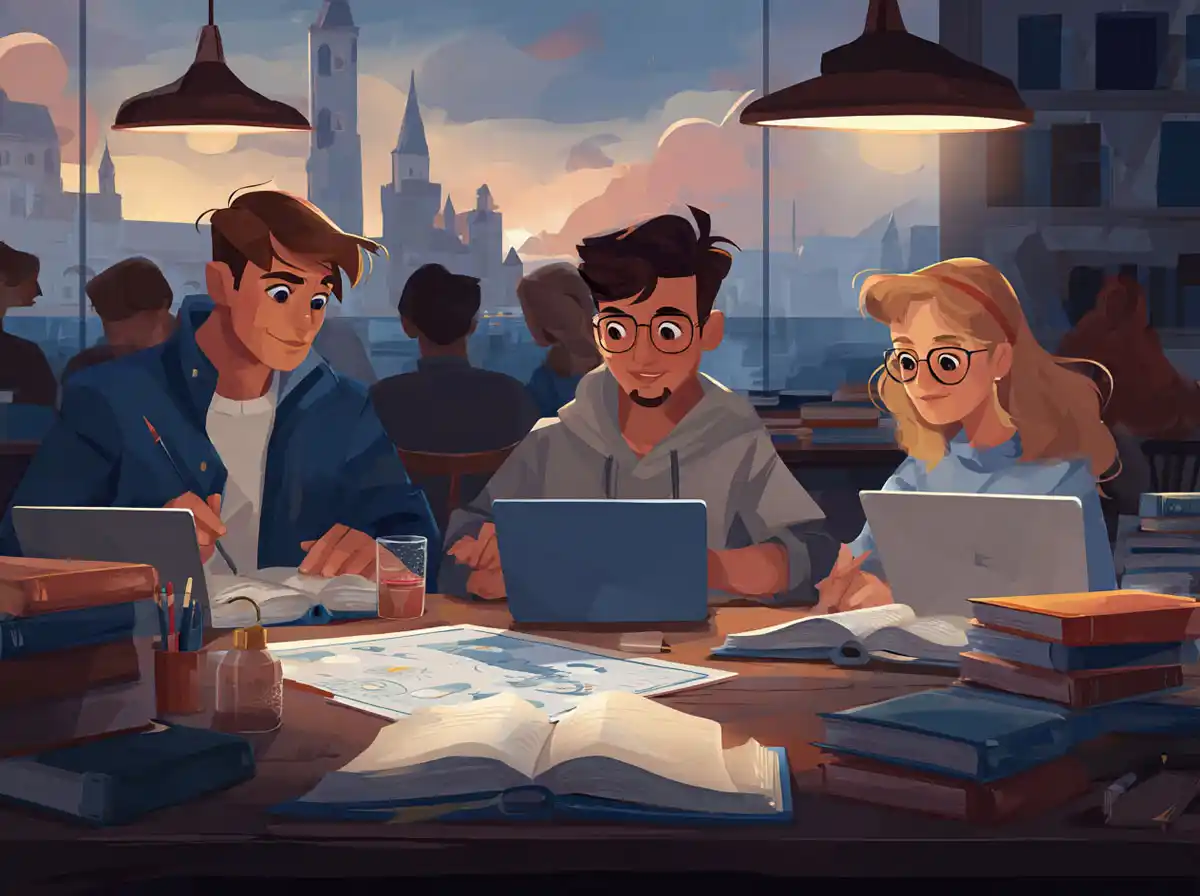Understanding Образ
Образ in Ukrainian is used to denote a more abstract, metaphorical, or philosophical image. It can refer to an image created through language in literature or an idea that forms in the mind. This term is heavily used in arts, literature, and sometimes in everyday communication when referring to concepts or images that are not tangible.
For instance, in a discussion about a character in a book, you might say:
– Він створив унікальний образ героя у своїй новелі.
(He created a unique image of the hero in his novella.)
Or when speaking about the general idea of a person:
– Його образ завжди асоціюється з чесністю.
(His image is always associated with honesty.)
Understanding Зображення
On the other hand, зображення refers to a more concrete representation, such as a picture, a photograph, or any other visual depiction. This term is used when talking about physical portrayals or illustrations. It is widely used in contexts related to art, photography, and visual media.
For example, in a conversation about art:
– Це зображення Святого Миколая датується 17 століттям.
(This image of Saint Nicholas dates back to the 17th century.)
Or when discussing the content of a photograph:
– Зображення на цій фотографії дуже чітке.
(The image in this photograph is very clear.)
Comparative Usage in Sentences
It is crucial to understand the context when deciding whether to use образ or зображення. Here’s a comparative example to highlight the difference:
– Літературний образ цього персонажа дуже складний.
(The literary image of this character is very complex.)
– Я знайшов старе зображення цього місця у бібліотеці.
(I found an old picture of this place in the library.)
In the first sentence, образ is used to discuss the conceptual image of a character as crafted by literary devices. In the second sentence, зображення refers to a literal picture found in a library.
Additional Examples to Practice
To further clarify the usage, consider these sentences:
– Образ матері у цій п’єсі є символом жертовності.
(The image of the mother in this play is a symbol of sacrifice.)
– Чи можеш ти відправити мені зображення твоєї картини?
(Can you send me a picture of your painting?)
Why the Distinction Matters
Understanding the difference between образ and зображення not only helps in mastering the Ukrainian language but also enriches your comprehension of Ukrainian culture. Literature, visual arts, and daily communication in Ukraine often play with these concepts, reflecting a rich tapestry of history and modern identity.
Conclusion
By mastering the use of образ and зображення, you enhance your ability to express yourself more accurately and appreciate the depth of Ukrainian linguistic expression. Remember, the key to mastering these nuances lies in continuous practice and exposure to the language in various contexts. Whether you are reading Ukrainian literature, engaging in conversations, or exploring Ukrainian art, paying attention to these subtleties will significantly boost your proficiency and understanding of the language.










